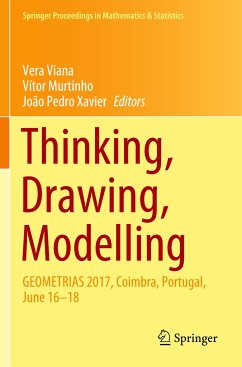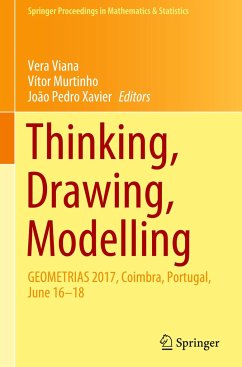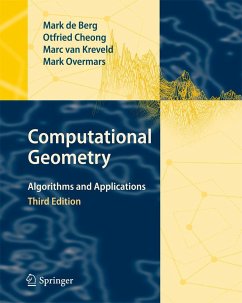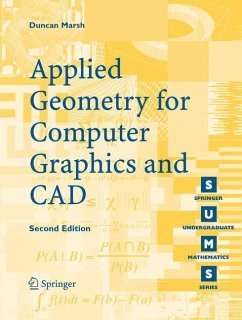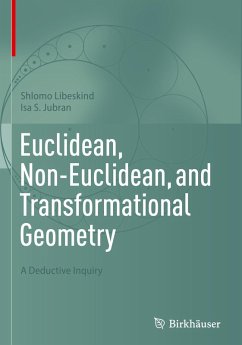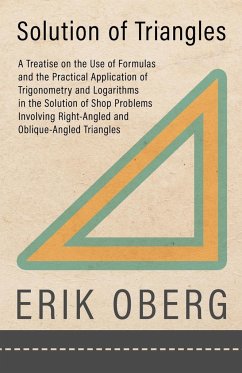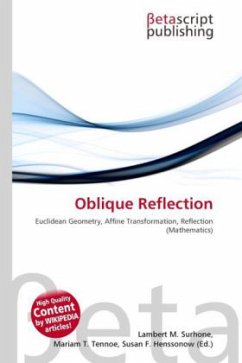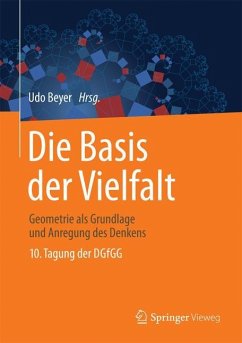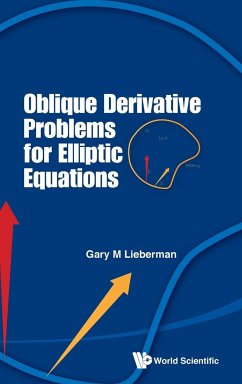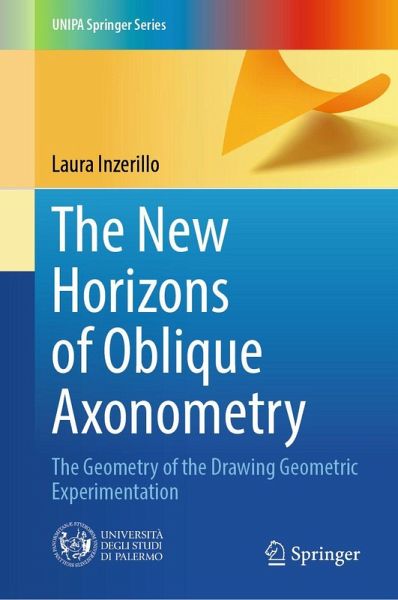
The New Horizons of Oblique Axonometry
The Geometry of the Drawing Geometric Experimentation
Versandkostenfrei!
Erscheint vorauss. 13. November 2025
109,99 €
inkl. MwSt.

PAYBACK Punkte
55 °P sammeln!
This book offers a structured and original exploration of oblique axonometry as a complete and autonomous system of spatial representation. Through a progressive sequence of theoretical insights and geometric constructions, it provides a methodological approach to drawing that privileges reasoning over automation. Starting from the fundamentals of oblique parallel projection, the book guides the reader through the restitution of coordinate systems, the interpretation of lines and planes, and the construction of complex geometric entities—including polyhedra, ruled surfaces, helicoids, and to...
This book offers a structured and original exploration of oblique axonometry as a complete and autonomous system of spatial representation. Through a progressive sequence of theoretical insights and geometric constructions, it provides a methodological approach to drawing that privileges reasoning over automation. Starting from the fundamentals of oblique parallel projection, the book guides the reader through the restitution of coordinate systems, the interpretation of lines and planes, and the construction of complex geometric entities—including polyhedra, ruled surfaces, helicoids, and toroids. Far from merely illustrating procedures, the author frames axonometry as a synthetic language capable of expressing space with clarity and intellectual depth. Special attention is given to the geometric properties of forms, their projection behaviors, and the relationships between spatial and figurative elements. Designed for students, educators, and professionals in architecture, engineering, and design, the book aims to renew interest in descriptive geometry and stimulate critical thinking through spatial reasoning. The examples and exercises proposed support autonomous learning and conceptual mastery, while offering a perspective that is at once rigorous and creatively open. This book provides a valuable resource for those interested in rediscovering the expressive and analytical potential of the drawing line.



